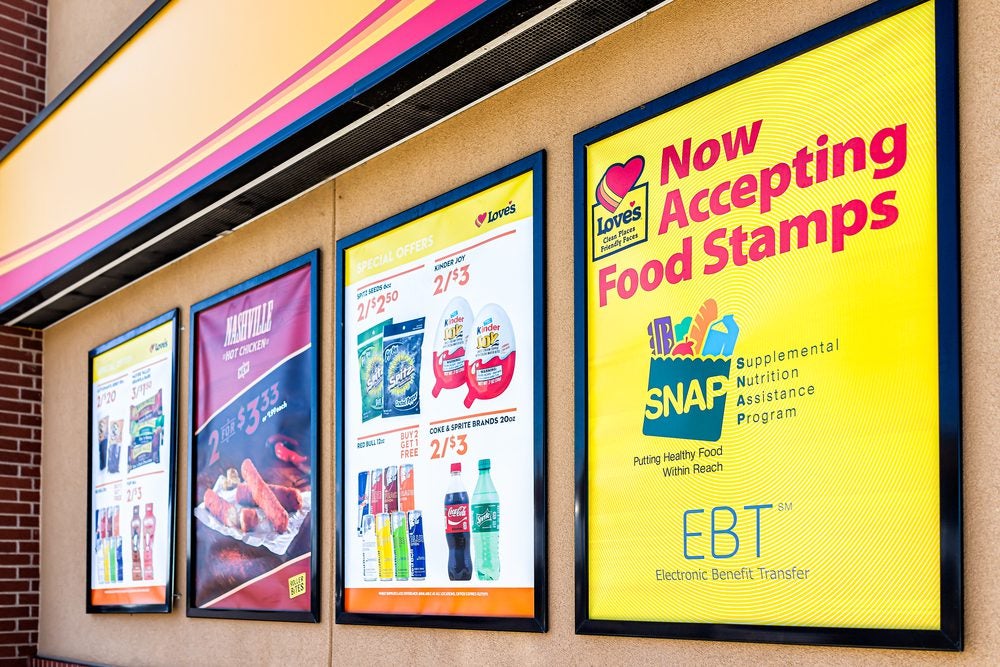E-mail average open rates were down 3% earlier this year from the same period last year, according to a benchmark report from e-mail service provider MailerMailer.
Does this mean 3% fewer people on average are opening their e-mails? Nope. It means the most stupidly named metric in the history of marketing is continuing its long agonizing slide into almost total uselessness.
That is, unless we start being more honest about it and change its name to something that more accurately describes what it measures.
Here’s the problem: An “open” is registered when the computer receiving the e-mail calls for graphics from the sending machine. No graphics, no open.
Thing is, e-mail box providers are increasingly blocking images by default unless the inbox user turns them on. As a result, any number of people may be opening the messages without turning the images on.
Also, graphics will often appear in the e-mail’s program’s preview screen whether the recipient opens the message or not. As a result, in that same campaign, a bunch of messages will count as “opens” without ever having been actually opened.
And further mucking up the issue, some e-mail service providers will count an e-mail as having been opened if it records a click of some sort whether the images were turned on or not. Fair enough. If someone clicks on a message, we can safely assume they opened it.
Trouble is, e-mail marketing managers across the land who understand the “open rate” are tossing the metric around in meetings with people who don’t understand it.
I’ve witnessed it. An e-mail executive will sit in a room with colleagues and higher ups and say: “Our open rates are ‘X,’ which is ‘X%’ higher than the industry average—a factually accurate, but misleading statement.
However, all the non-e-mail people in the room translate that statement to mean, “Hey, a healthy percentage of people are opening our e-mails. That’s great!”
No, it’s not great. It’s a big fat lie, just like the Web site’s “hit rate” was in the 90s. The term “open rate” should be changed to something that more accurately states what it measures.
“Graphic display rate” is one possibility. Sounds stupid? Exactly. That’s the point. If open rates were more accurately named, e-mail managers would have to explain themselves a little more, or be forced to focus more on things that matter to the business.
If an e-mail executive in a room full of colleagues and superiors started talking about the program’s graphic display rates, those same people who were thinking “great!” in the last meeting would be saying: “What the $#@& did he just say?”
As a result, the e-mail executive would be forced to elaborate—or stop mentioning the metric at all unless something meaningful is happening with it, and begin discussing metrics that truly impact the business. You know … the cost to acquire each customer, their average order size, their lifetime value—those old things.
It’s not that the so-called open rate is useless: If a marketer is sending out meaningful and compelling messages, the open rate will reflect that as more people make the effort to turn on the images. It’s also a good way to gauge if something wacky is going on—say, if it suddenly plummets for no apparent reason.
E-mail delivers a return on investment so high, it’s practically embarrassing. It doesn’t require getting fuzzy with the metrics.
But as long as we continue to call the percentage of graphics displayed in a given campaign its “open rate,” we’re being dishonest with everyone who doesn’t know what the metric truly means. And as the national “open rate” continues to drop, the lie gets even bigger.



